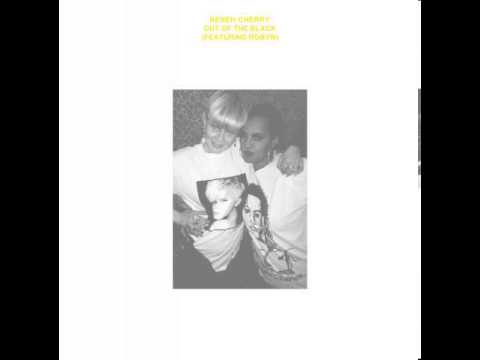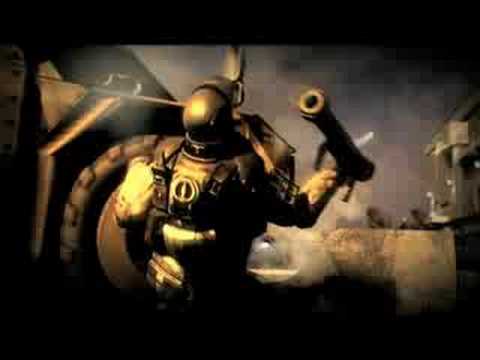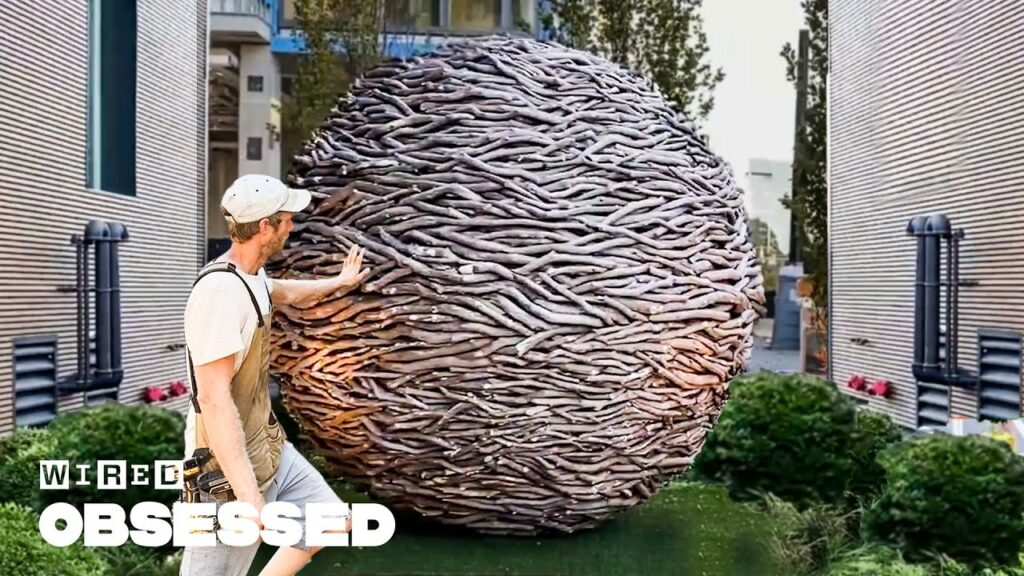Creating Realistic Skin Texture and Tone on Prosthetics with Airbrushing Techniques
Summary
In this article, we explore the techniques used by a professional makeup artist to create realistic skin texture and tone on prosthetics. The artist uses airbrushing techniques such as spattering, chip brushes, and color adjusters to achieve the desired effect. They emphasize the importance of finding a balance between pigmentation and translucency to avoid overwhelming the prosthetic with too many details. The artist also discusses the technique of “zombification” and how to create a non-uniform, textured look on the skin through airbrushing and modeling techniques.
Table of Contents
- Realistic Skin Texture and Tone on Prosthetics with Airbrushing Techniques
- Creating a Non-Uniform, Textured Look with “Zombification”
- Adding Unique Elements to a Makeup Look
- Conclusion
Realistic Skin Texture and Tone on Prosthetics with Airbrushing Techniques
As a professional makeup artist, creating realistic skin texture and tone on prosthetics is a crucial skill. The artist uses an airbrush gun to achieve a natural-looking effect. They start by spattering the prosthetic with a base color and then use chip brushes to add texture and depth. The artist also uses color adjusters to achieve the desired skin tone.
The artist emphasizes the importance of finding a balance between pigmentation and translucency to avoid overwhelming the prosthetic with too many freckles or other details. They also use modeling and patterning techniques to bring the character to life.
Creating a Non-Uniform, Textured Look with “Zombification”
In the next level of prosthetic makeup, the artist plans to create a non-uniform, textured look through the technique of “zombification”. This involves using a smaller airbrush gun and a “crazy eights” pattern to create a mottled effect on the skin. The artist also uses dotting and patterning techniques to add depth and texture.
The artist allows their artistry to take over and create a more fantasy-based look in this step. They use dry brushing and marrying techniques to solidify the previous levels and create a uniform look. In the final level, the artist plans to create custom dentures to add a unique touch to the piece.
Adding Unique Elements to a Makeup Look
As a professional makeup artist, the artist emphasizes the importance of adding unique elements to a makeup look. These elements can help tell a story and make the makeup look more fascinating. The artist suggests adding elements such as nails, demon blue, and sass.
The artist also discusses the use of prosthetic makeup to create scary looks with creepy teeth. By using prosthetic teeth, the artist can create a more realistic and terrifying effect.
Conclusion
In conclusion, creating realistic skin texture and tone on prosthetics requires skill and attention to detail. Airbrushing techniques such as spattering, chip brushes, and color adjusters can help achieve a natural-looking effect. The technique of “zombification” can be used to create a non-uniform, textured look on the skin. Adding unique elements to a makeup look can help tell a story and make it more fascinating. With these techniques, anyone can create winning Halloween costumes and prosthetic makeup looks.







